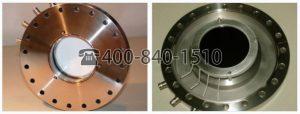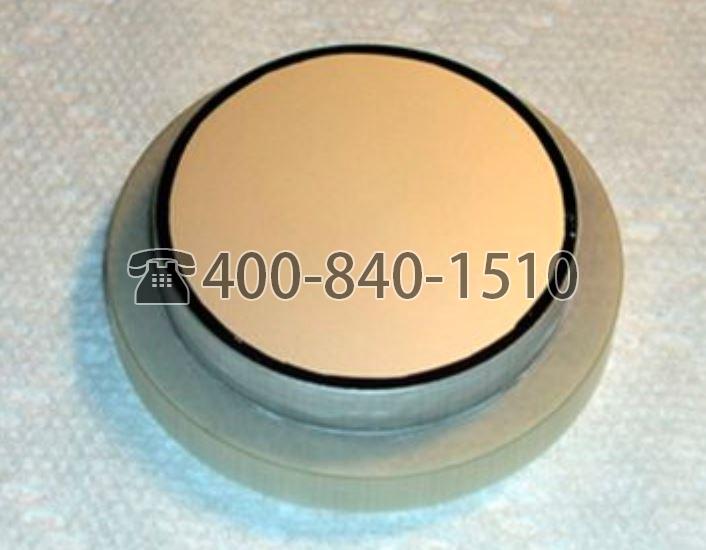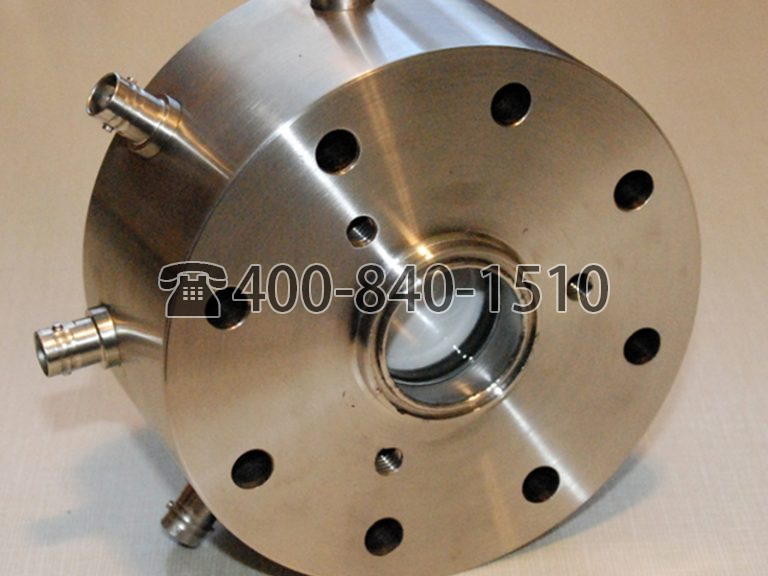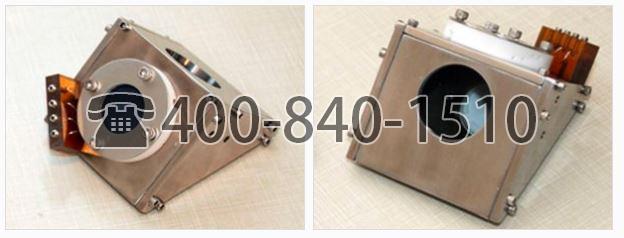真空荧光显示屏是从真空电子管发展而来的显示器件,由发射电子的阴极(直热式,统称灯丝),加速控制电子流的栅极,玻璃基板上印上电极和荧光粉的阳极及栅网和玻盖构成。它利用电子撞击荧光粉,使荧光粉发光,是一种自身发光显示器件。它可以做多色彩显示,亮度高,又可以用低电压来驱动,易与集成电路配套。
In standard form, the model BOS-75 Beam Observation system has a 75mm diameter active area MCP and P-43 phosphor screen assembly, attached to a 8.00″ (203mm) conflat flange with glass viewport. Electrical connections to the phosphor screen and MCP are made with MHV feedthroughs.
Optional configurations are discussed in detail below and include, dual MCP plates (chevron), SHV feedthroughs, and CCD camera systems.

Imaging Area:
- 75mm Diameter
MCP: (Standard)
- 3.410″ Diam. (BOS-75), 25 micron channel diameter, Detection or Imaging Grade
- 75mm active area, 32 micron pitch, 8° Bias Angle, 40:1 Aspect Ratio (Standard, BOS-75)
- Min. Gain: 1 x 10^4 (single plate, Std.) 1000V > 107 (chevron, OPT-01), 2000V
Phosphor Screen (Standard)
- P-43 with aluminum overcoat. P-43 Peak Wavelength: λ= 545 nm.
Power Supply Requirements:
- 0 – + 1000V, 1mA single MCP (Standard)
- 0 – + 2000V, 1mA dual MCP (OPT-01)
- 0 – + 5000V, 1 mA Phosphor Screen
Beam Energy Range:
- 1 eV to over 50 keV
Beam Current Range:
- < 10 μA (with optional beam attenuation grids)
Vacuum:
- 1 x 10-6 Torr or better required to operate MCP
- UHV compatible, maximum bakeout temperature 300 C
Welded Glass Windows (Standard)
- A non-removable glass window that is welded to the flange is standard. This allows bakeout temperatures > 200C.



